Physical Address
304 North Cardinal St.
Dorchester Center, MA 02124
Transthoracic echocardiography is the first-line imaging modality for the diagnosis of congenital and acquired heart conditions in children. It allows a detailed morphological and functional examination of different cardiac structures. A standard echocardiographic study consists of two-dimensional (2D) imaging, motion mode (M-mode), and Doppler imaging.
The analysis of cardiac anatomy is based on cross-sectional visualization of the heart in conventional 2D planes, which show the real-time movement of cardiac structures. Standard views include subcostal, apical, parasternal, and suprasternal views. M-mode echocardiography is a one-dimensional imaging technique that records the real-time movement of cardiac structures over multiple cardiac cycles.
Doppler imaging comprises color flow and spectral Doppler modalities. Color flow mapping (CFM) is a 2D representation of the direction and velocity of blood flow within a predefined sector that is superimposed on the 2D image. By definition, flow toward the probe is red and flow away from the probe is blue. Depending on the selected Nyquist limit, lighter color shades show higher flow velocities. Spectral Doppler is a record of blood flow velocity over time. It is further divided into pulsed-wave Doppler used for low blood flow velocities, and continuous-wave Doppler for high blood flow velocities.
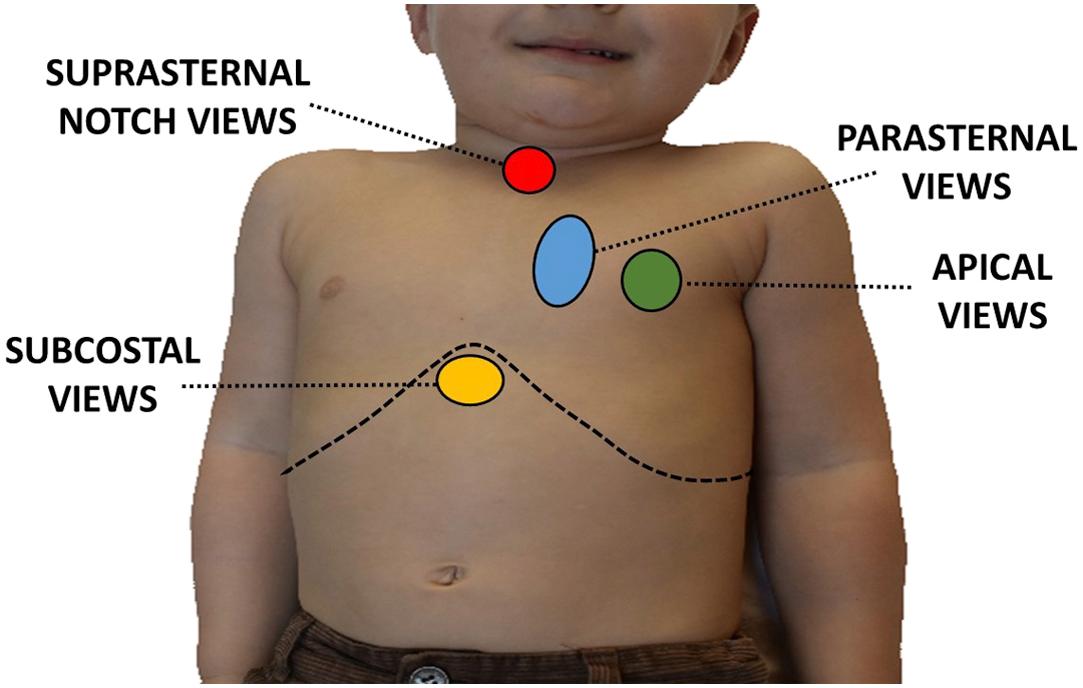
A standard echocardiographic study begins with subcostal views. The probe is placed on the upper abdomen, just below the lower edge of the sternum. Images of the cardiac and vascular structures are acquired through the liver. In very small children, it is possible to perform the entire echocardiogram from subcostal approach.

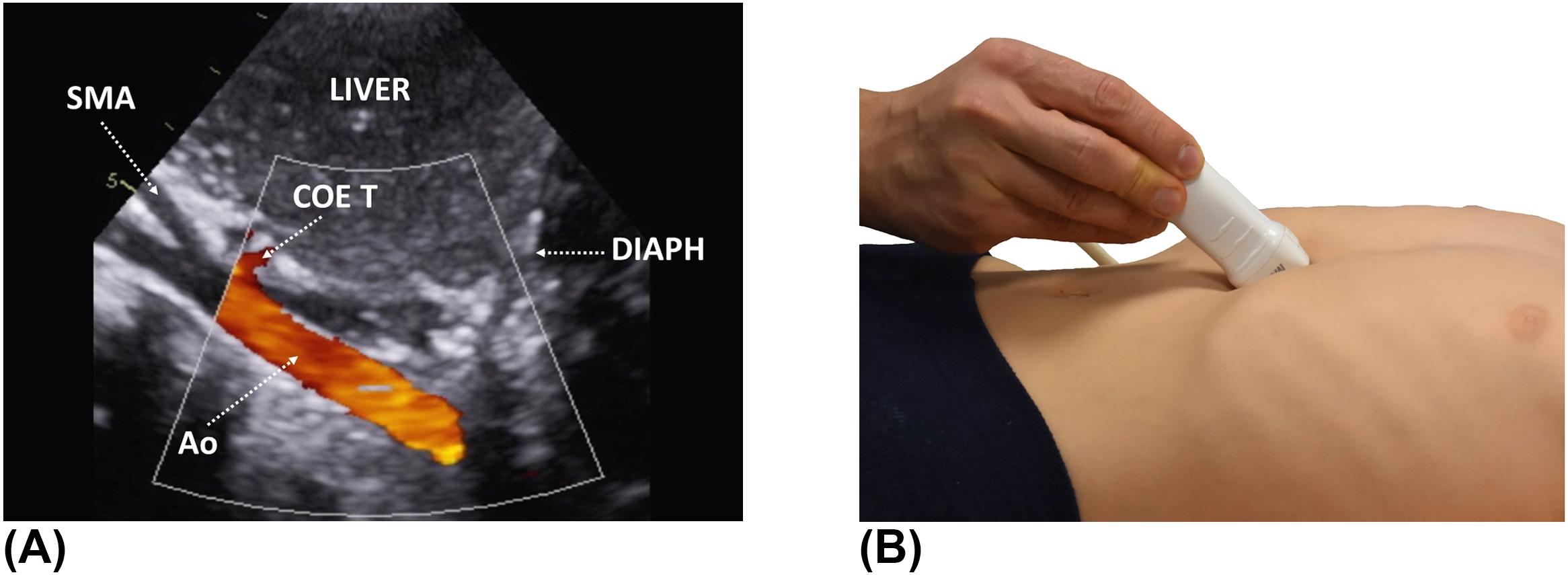
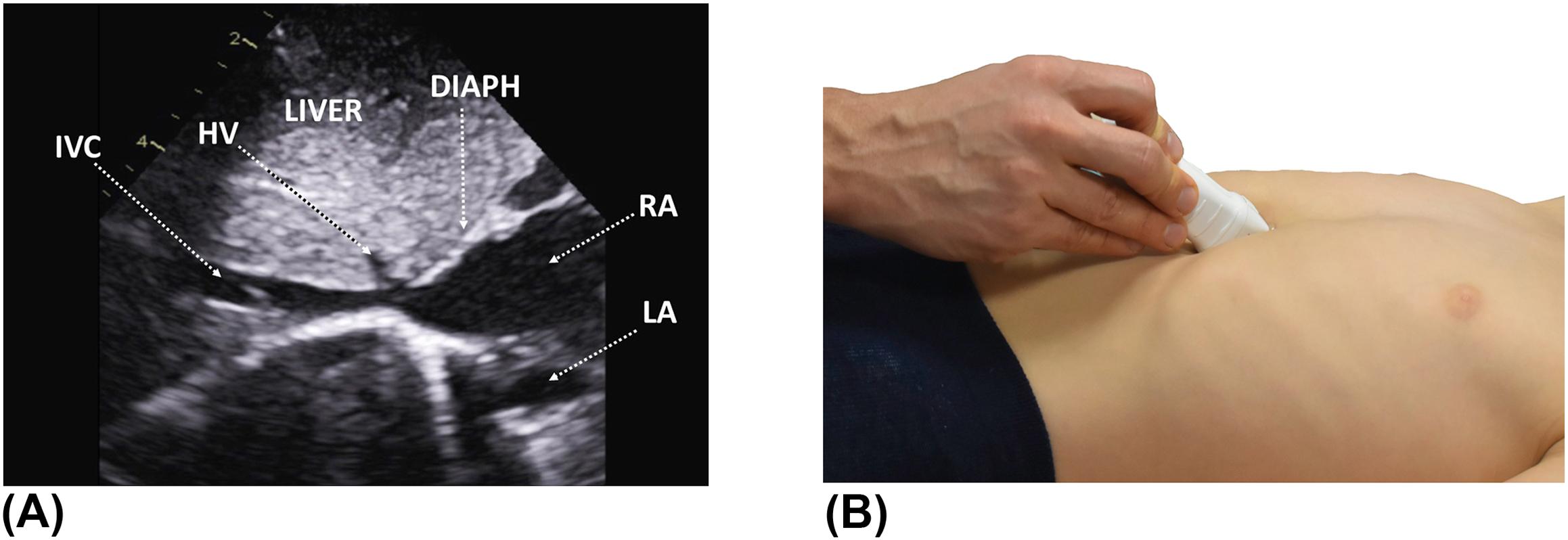
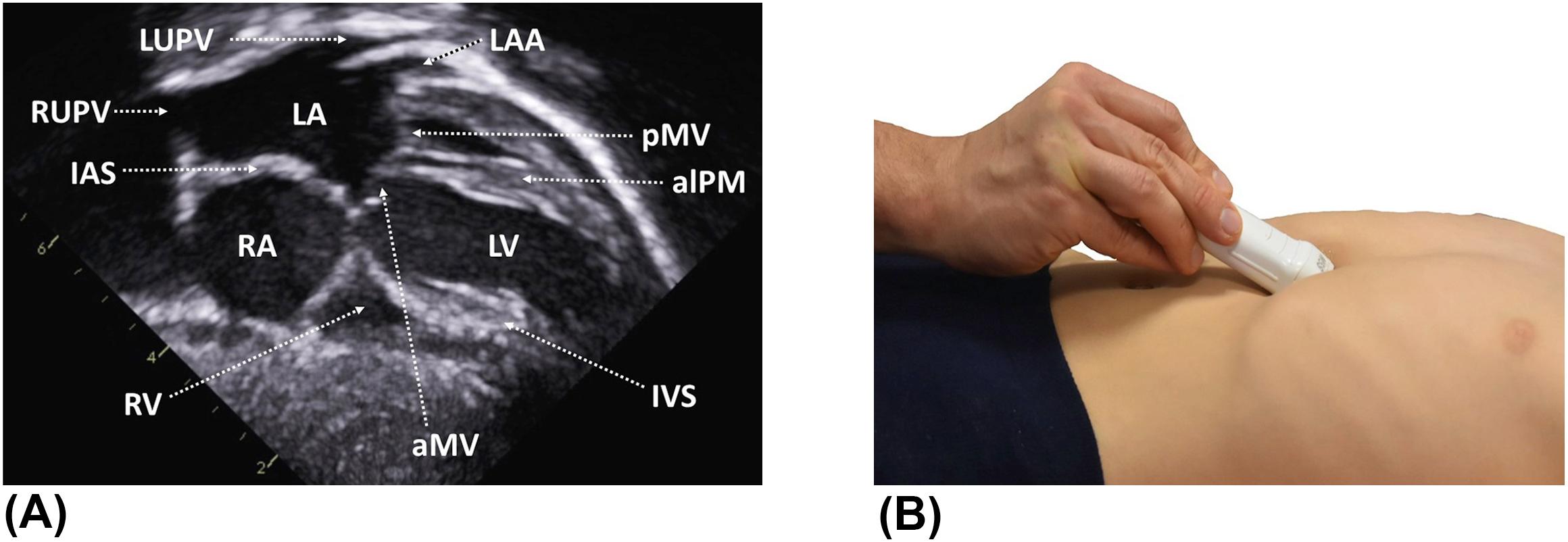
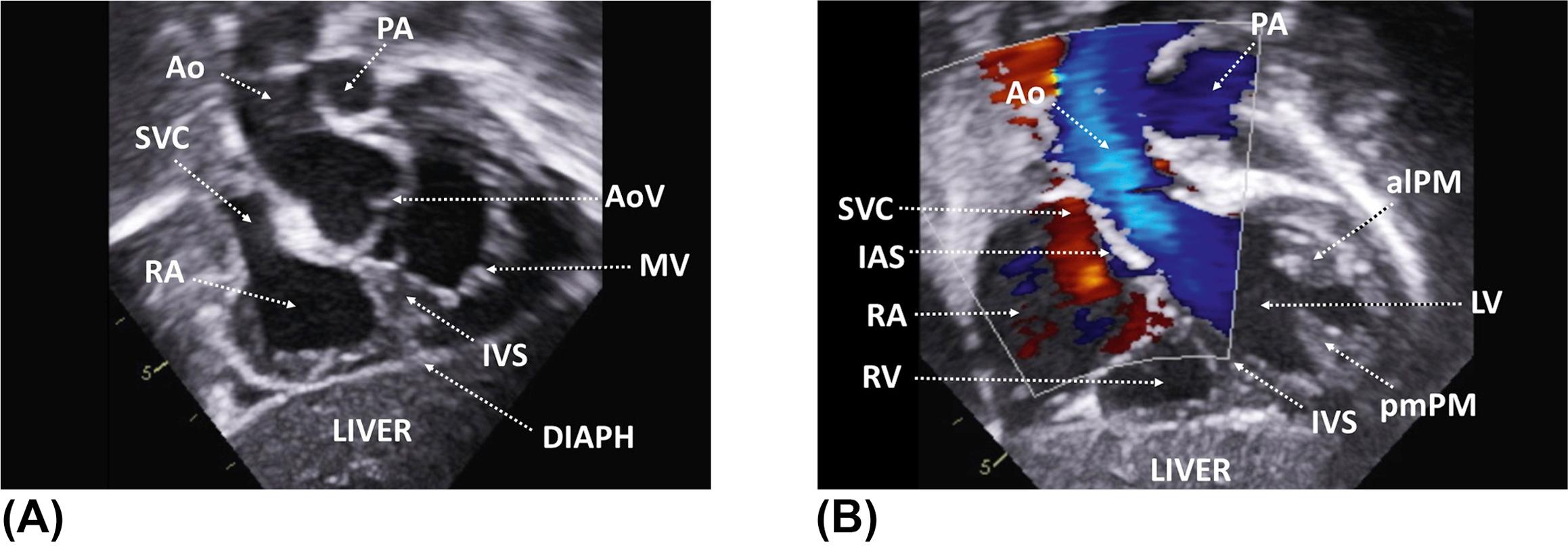
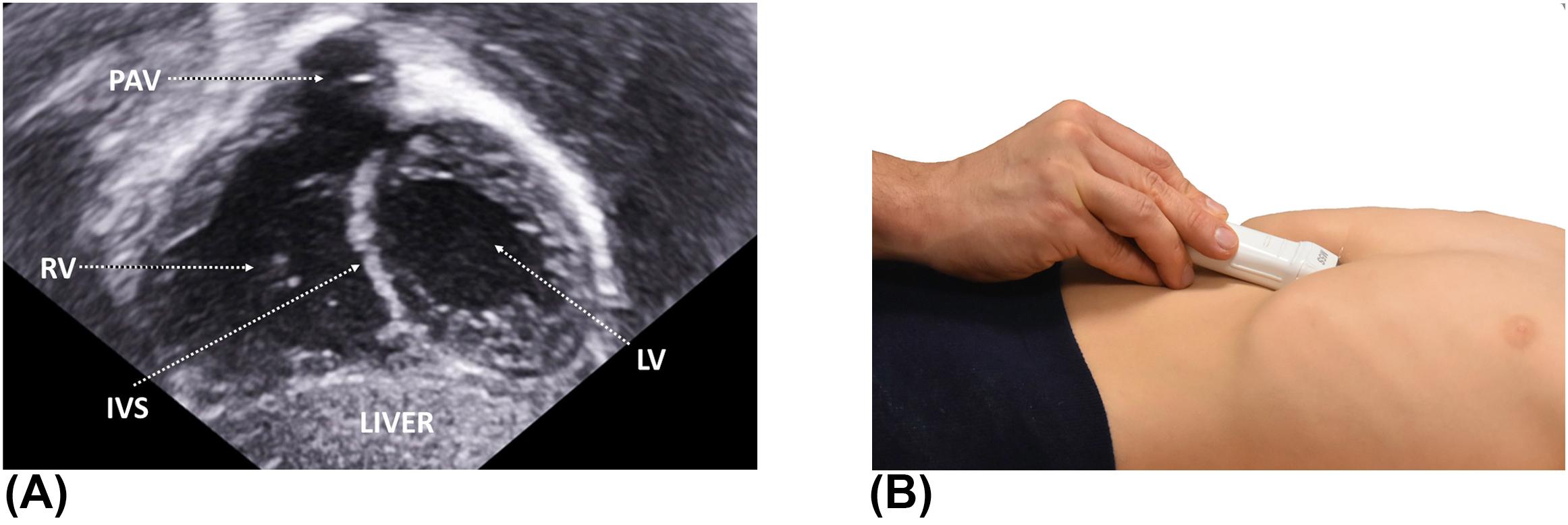
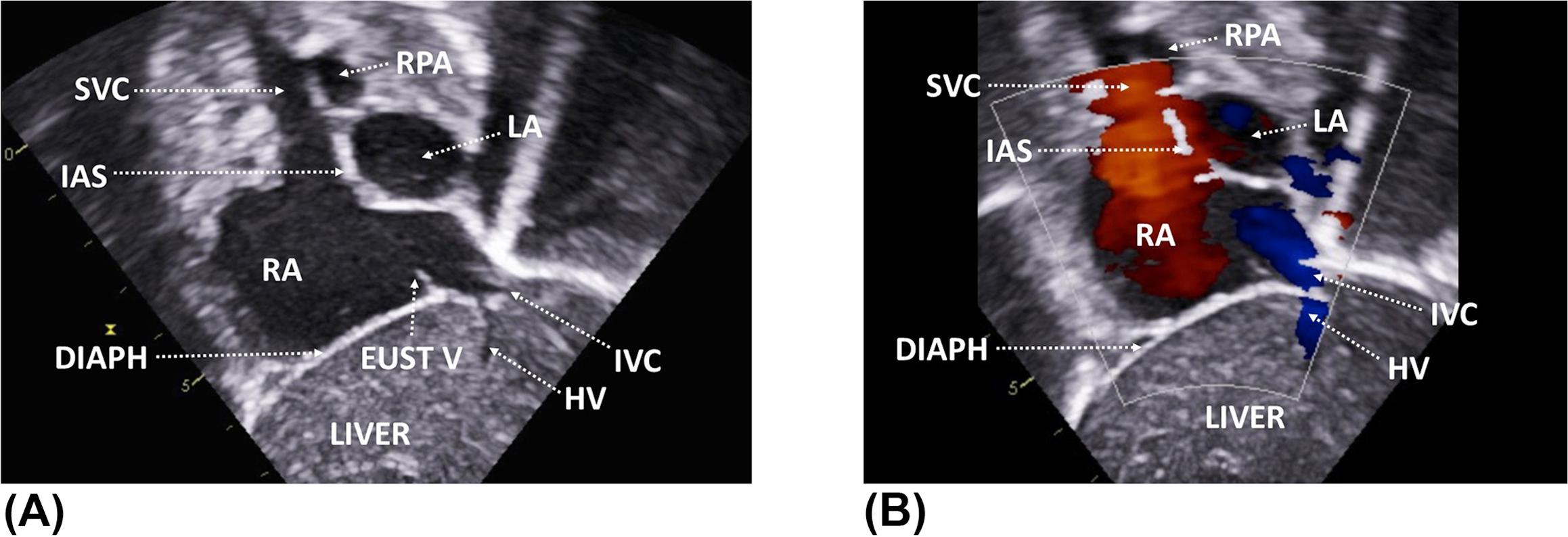
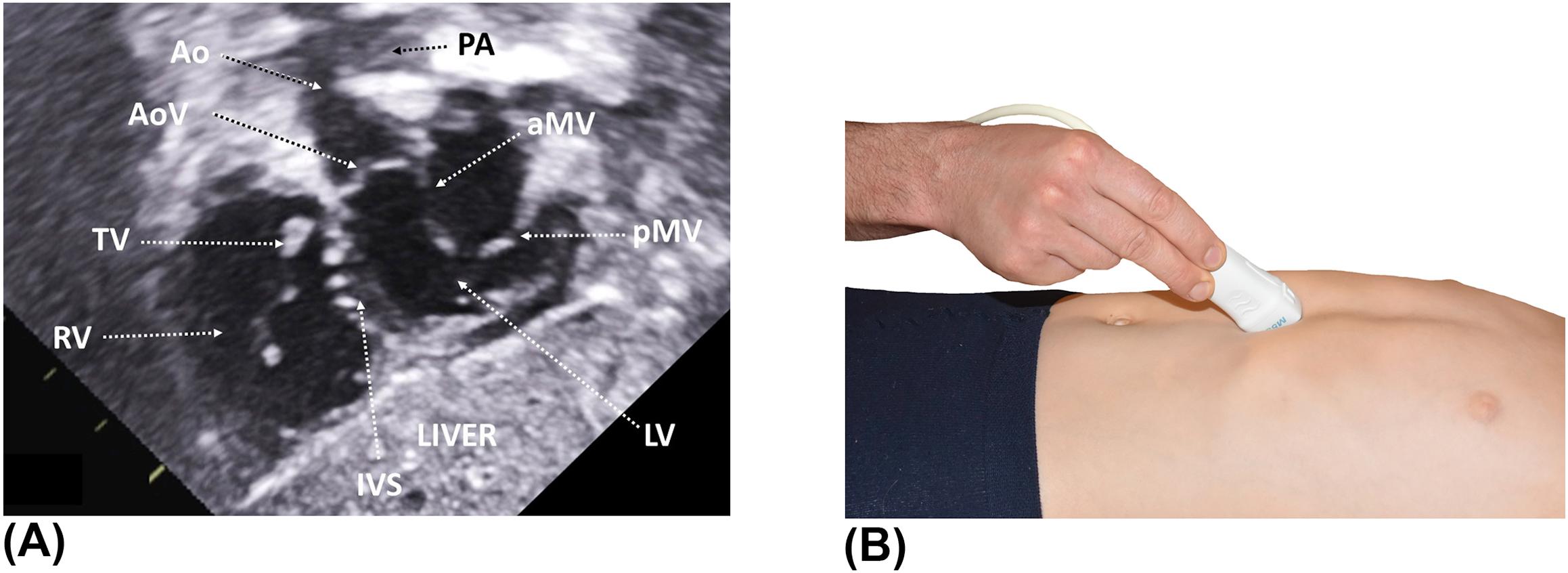
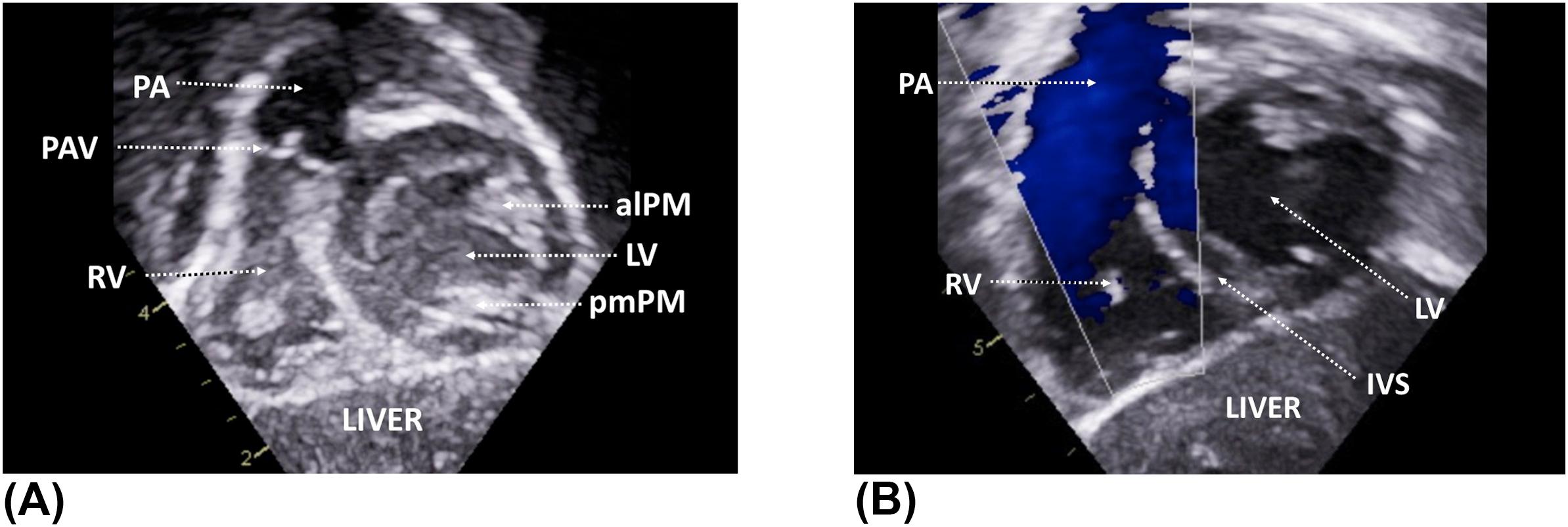
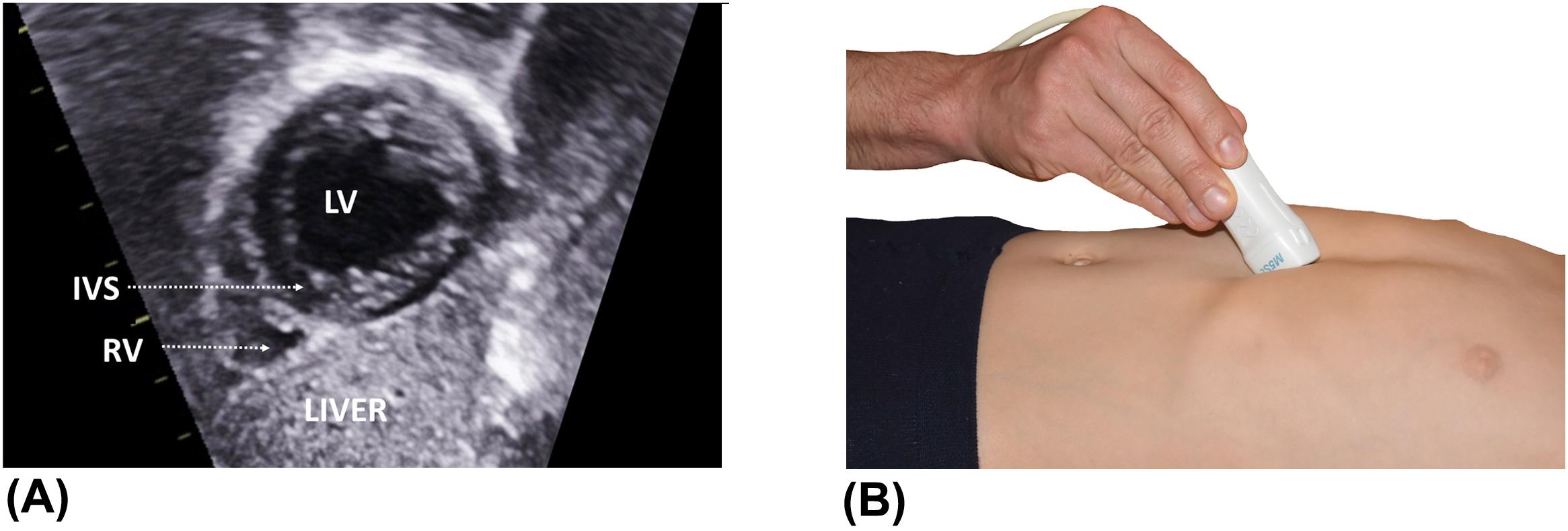
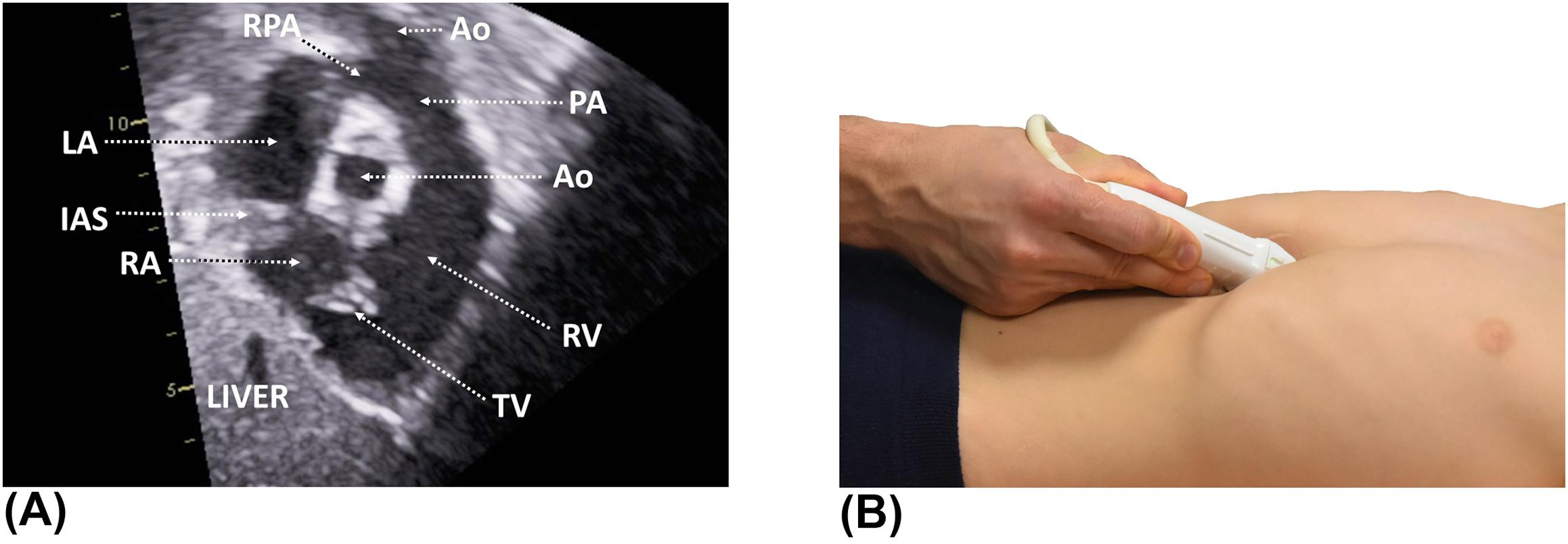
Become a Clinical Tree membership for Full access and enjoy Unlimited articles
If you are a member. Log in here